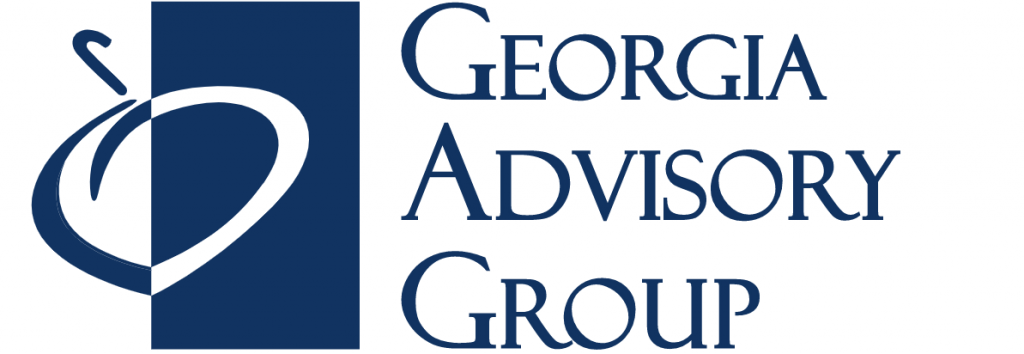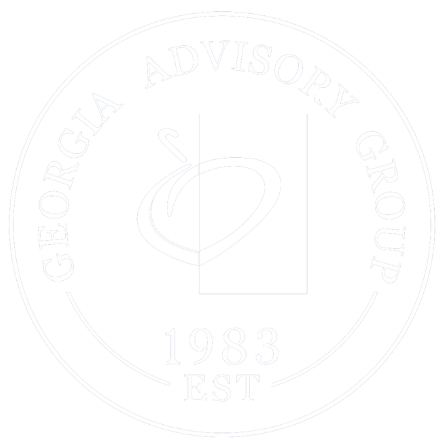Some people focus on saving for retirement with an employer-sponsored 401(k), while others use an IRA — but did you know that you can have both?
Funding a 401(k) and IRA can help boost your retirement savings, but it’s not a one-size-fits-all strategy. Here are the basic requirements, contribution limits and tax considerations you need to know:
Eligibility Requirements
Your eligibility for a 401(k) depends on what plan your employer offers. If you or your spouse have a 401(k), you can still contribute an additional portion of earned income to an IRA. IRAs have no age restrictions and only require the contributor to earn taxable income.
Income and Contribution Limits
In 2022, individual tax filers cannot make more than $144,000 in modified adjusted gross income (MAGI) if they want to contribute to a Roth IRA, or $214,000 for married couples filing jointly. Traditional IRAs have no income limit.
You can contribute a maximum of $20,500 to your 401(k) if you are under 50 years old, and $27,000 if you are 50 years or older this year. The IRA contribution limit in 2022 is $6,000 for those under 50 years old, or $7,000 if you are 50 or older.
Tax Considerations
Any 401(k) or IRA savings withdrawn before the age of 59 ½ are subject to a penalty. Contributing over the annual limit also results in additional taxes for both 401(k)s and IRAs.
Reviewing your MAGI and your existing retirement plan is important when calculating the potential tax benefits of contributing to a 401(k) and IRA and choosing traditional versus Roth plans.
Navigating the benefits and implications of a combined 401(k) and IRA retirement strategy can seem tricky. Get in touch today to discuss your retirement savings.


